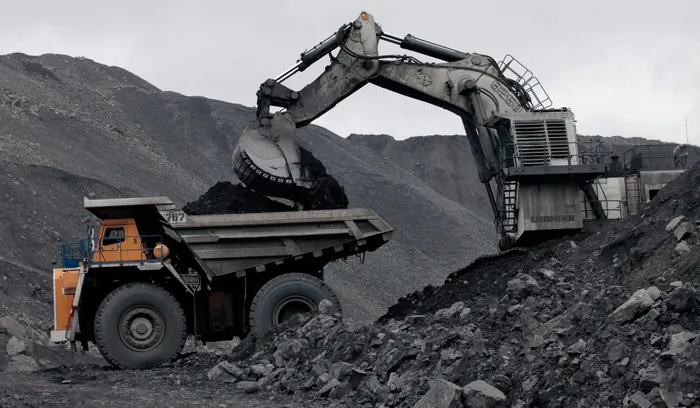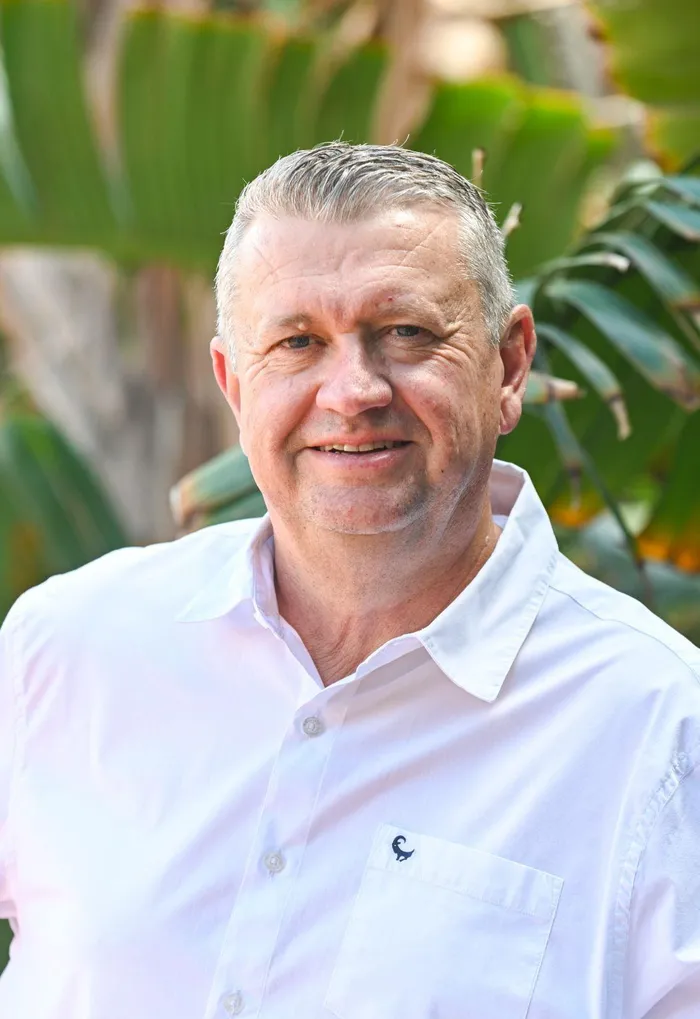Achieving energy security and net zero by 2050: Insights from a comprehensive study

In the preferred “Green Industrialisation” pathway, the 2030 mix remains transitional. Coal provides about 40 percent of energy (roughly 104 TWh).
Image: File Photo
On Wednesday, November 5, 2025, a significant study titled “South Africa’s Energy Sector Investment Requirements to Achieve Energy Security and Net Zero Goals by 2050” was released by the Development Bank of Southern Africa, the National Planning Commission, the Presidential Climate Commission, and National Treasury’s Southern Africa – Towards Inclusive Economic Development programme.
Taken together, the work provides a quantified pathway to a secure, least-cost electricity system that can be financed at scale if policy aligns with timely project execution.
The modelling sets out three pathways to 2050 and costs them end to end, including annual capital requirements, operating costs, and grid expansion. It is not a generation-only view. The authors pair the power-system results with economy-wide assessments using a computable general equilibrium model and a micro-study of Mpumalanga, where the transition pressures are most acute due to coal dependence.
In the preferred “Green Industrialisation” pathway, the 2030 mix remains transitional. Coal provides about 40 percent of energy (roughly 104 TWh), solar about 30 percent (around 77 TWh), wind about 23 percent (about 59 TWh), nuclear about 6 percent (around 15 TWh), hydro about 5 percent (around 14 TWh), and gas about 5 percent (about 12 TWh). By 2040 coal falls to about 10 percent, while solar approaches half the mix and wind rises to about 40 percent, supported by utility-scale batteries to manage variability.
Through 2050 the system deepens electrification with high variable renewable energy and storage, and retains gas mainly for flexibility rather than baseload. On combined capital and operating costs, this pathway is the most economical and environmentally credible.
The investment profile is clear. Across 2025 to 2050, discounted system investment in generation and grid ranges from roughly R3.6 trillion in the Green Industrialisation case to about R4.2 trillion in a fossil-heavier baseline. Grid requirements are largest in the preferred pathway due to faster renewable and storage build-out. Average annual capital expenditure in 2025 to 2030 is about R140 billion, near 1.9 percent of GDP, then moderates to about R60 billion per year from 2031 to 2050 as the fleet matures.
Operating costs trend down as variable costs fall with renewables. In 2025 to 2030, opex averages about R125 billion per year, near 1.7 percent of GDP, and declines thereafter. Taken together, capex and opex in 2025 to 2030 sum to about R265 billion per year.
A market-sounding of local financiers tested whether the capital can be raised domestically. Using a working quantum of R100 billion per year in 2024 rand, participants indicated no near-term funding gap through about 2027. They cautioned that a gap is likely from 2028 onward without policy and pricing adjustments. Several noted that current tariff levels and debt returns are already constraining parts of the renewable pipeline. The message is not a lack of capital, it is the need for predictable pricing, procurement design that reflects system services, and project readiness that moves swiftly from determination to financial close.
The macro- and micro-studies reinforce the system view. The computable general equilibrium work shows a long-run double dividend compared with a fossil-heavier baseline: stronger GDP growth and improved environmental outcomes, provided mitigation is targeted to provincial impacts. In Mpumalanga, only about 10 percent of the coal workforce is affected before 2030, which creates a practical window to implement skills support, income protection, and placement into grid works, environmental rehabilitation, and renewable project delivery. Sequencing matters. Support must peak in the 2030s when retirements accelerate, and investment in new industries must land ahead of closures rather than after.
Three conclusions stand out:
- First, the least-cost mix through 2030 and 2040 is a high-renewables system with firm flexibility and batteries. Flexibility is the hinge. Gas plays a balancing role, not a structural baseload role, and storage grows into a core system asset.
- Second, the spend profile front-loads grid and build-out capital, then structurally lowers operating costs. South Africa pays more up front to pay much less to run the system later. That is how electricity moves from a fuel-price exposure to a technology-price trajectory.
- Third, the money exists at home for the next phase if policy certainty converts intent into bankable projects. A credible and sequenced build programme can raise gross fixed capital formation, crowd in upstream manufacturing, and broaden ownership through community and worker participation vehicles.
The risk is not financial capacity, it is delay.
The study returns the debate to first principles. Policy should follow evidence, and certainty should allow capital to flow where the system needs it most: grid reinforcement, storage, and flexible capacity that makes high renewable penetration reliable. South Africa now has a detailed, costed plan that aligns energy security with a net-zero trajectory. The Department of Electricity and Energy would do well to engage the analysis closely and translate it into procurement, pricing, and permitting that accelerate delivery.
A viable path has been mapped. The task is to execute.

Thomas Garner holds a Mechanical Engineering degree from the University of Pretoria and an MBA from the University of Stellenbosch Business School.
Image: Supplied
Thomas Garner holds a Mechanical Engineering degree from the University of Pretoria and an MBA from the University of Stellenbosch Business School. Thomas is self-employed focusing on energy, energy related critical minerals, water and communities. He is a Fellow of the South African Academy of Engineering and a Management Committee member of the South African Independent Power Producers Association.
*** The views expressed here do not necessarily represent those of Independent Media or IOL.
BUSINESS REPORT